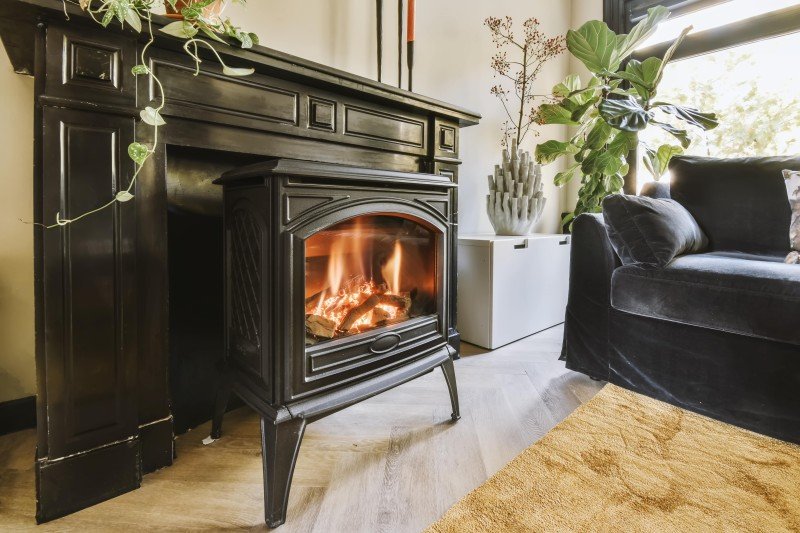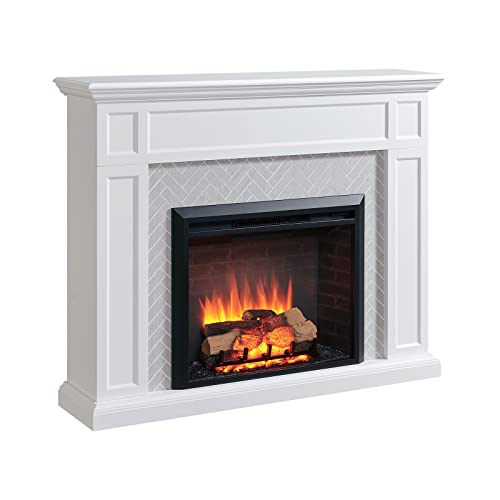
Buy Fireplace Online
Add a review FollowOverview
-
Founded Date April 3, 2010
-
Sectors Education
-
Posted Jobs 0
-
Viewed 6
Company Description
Five Killer Quora Answers On Outdoor Stoves Online

Best Value Fireplaces: An In-Depth Guide
The fireplace has long been considered the heart of a home, providing warmth, ambiance, and a focal point for social events. Nevertheless, browsing through various alternatives can be frustrating, especially with spending plan restraints in mind. This article provides a useful guide on the Best Value Fireplaces (http://git.usurvey.cn), detailing their types, functions, and benefits to help property owners make a wise option.
Types of Fireplaces
Fireplaces come in a variety of styles and types, each with different attributes, expenses, and advantages. Here’s a comprehensive look at the most common kinds of fireplaces readily available in the market today.

| Type of Fireplace | Description | Average Cost | Pros | Cons |
|---|---|---|---|---|
| Wood-Burning | Burn logs to produce heat and ambiance. | ₤ 1,500 – ₤ 5,000 | Authentic experience, natural heat | Needs regular maintenance, less efficient |
| Gas Fireplaces | Uses natural gas or lp to produce heat. | ₤ 2,000 – ₤ 5,000 | Easy to use, cleaner than wood | Limited to gas supply, setup costs |
| Electric Fireplaces | Mimics flames with LED innovation and produces heat through electricity. | ₤ 200 – ₤ 3,000 | Easy setup, setup flexibility | Less genuine feel, greater operating expense |
| Pellet Stoves | Usage compressed wood or biomass pellets, providing an environment-friendly choice. | ₤ 3,000 – ₤ 4,500 | Efficient, low emissions | Needs electrical energy to run, needs storage for pellets |
| Ethanol Fireplaces | Burns ethanol fuel, producing flames that do not require a chimney. | ₤ 300 – ₤ 2,500 | No vents needed, portable | Higher fuel expense, safety concerns |
Elements to Consider When Choosing a Fireplace
Selecting the best fireplace is not almost looks; it also involves practical factors to consider. Here are crucial aspects to keep in mind:
1. Budget
- Determine just how much you are prepared to spend. Bear in mind that installation and upkeep expenses can include up.
2. Space and Size
- Ensure the fireplace fits well within the space, thinking about both the space readily available and the heating requirements.
3. Fuel Type
- Choose on the fuel source based on schedule, cost, and the kind of ambiance you want to accomplish.
4. Efficiency
- Go with units with high-efficiency rankings to guarantee you are getting the most value for your cash in regards to heat output.
5. Visual Appeal
- Pick a design and style that matches existing decor and improves the general charm of the space.
6. Laws
- Be aware of local policies, allows, and building regulations that might impact your fireplace setup.
Top Best Value Fireplaces
Based upon customer evaluations, specialist viewpoints, and overall value for cash, here are some of the best value fireplaces presently readily available in the market:
1. DuraVent Pellet Stove
- Type: Pellet
- Average Cost: ₤ 2,000
- Emphasizes: Highly efficient with low emissions, making it an exceptional alternative for environmentally-conscious property owners.
2. Napoleon B36NTR-1
- Type: Gas
- Typical Cost: ₤ 2,500
- Emphasizes: This fireplace is aesthetically enticing and extremely efficient, with a sleek style and adjustable flame.
3. Duraflame Electric Heater Stove
- Type: Electric
- Average Cost: ₤ 200
- Highlights: Affordable and portable, best for smaller areas or adding atmosphere to a space without long-term setup.
4. Genuine Flame Juliet Gel Fireplace
- Type: Ethanol
- Average Cost: ₤ 300
- Highlights: A stylish alternative for modern areas that needs no venting, making it flexible and simple to install.
5. Vogelzang VG5790
- Type: Wood-Burning
- Average Cost: ₤ 800
- Highlights: Offers a traditional wood-burning experience with a sleek modern style, perfect for those who value the classic ambiance.
Often Asked Questions (FAQs)
Q1: What is the most cost-efficient fireplace alternative?
A1: Electric fireplaces tend to be the most cost-efficient in regards to preliminary purchase price and installation, but can have greater operating costs compared to gas or pellet systems.
Q2: Are gas fireplaces much safer than wood-burning fireplaces?
A2: Yes, gas fireplaces normally produce fewer emissions and present a lower risk of chimney fires as they do not produce creosote like wood-burning units.
Q3: Can I install a fireplace myself?
A3: While some electric fireplaces permit simple self-installation, other types, particularly gas and wood-burning models, generally need professional setup due to venting and safety issues.
Q4: How do I maintain my fireplace?
A4: Regular maintenance consists of cleaning up the chimney (for wood-burning fireplaces), checking for gas leakages (in gas units), and guaranteeing correct ventilation for electric models.
Q5: Is an ethanol fireplace a good choice?
A5: Ethanol fireplaces are appealing for their modern style and ease of installation. However, they can be less efficient and more costly to operate long-term compared to other fuel types.
Picking a value fireplace that fulfills your aesthetic preferences and practical needs includes comprehensive research and consideration. By comprehending various types of fireplaces, their associated expenses, and benefits, house owners can make educated choices that will not only fit their spending plan but also improve the warm and welcoming atmosphere of their homes. Whether going with an electric, gas, wood-burning, pellet, or ethanol model, the best fireplace waits for to transform your home.

